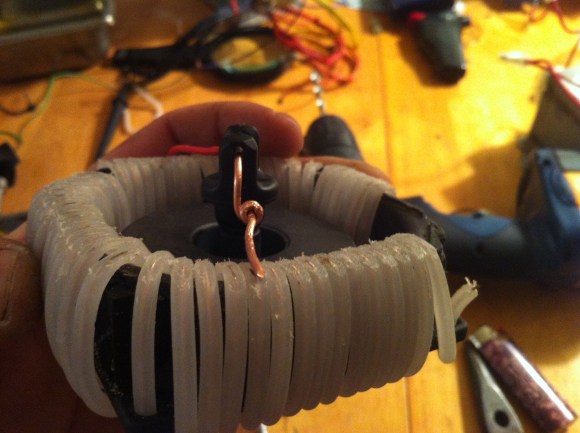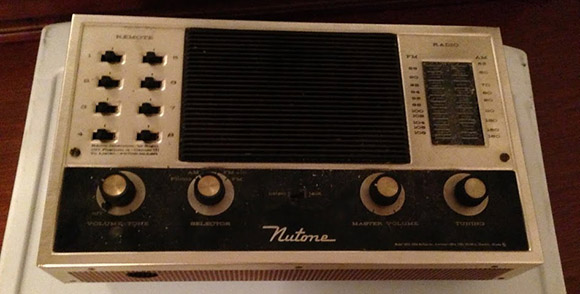
It’s time to do your best impression of [Comic Book Guy] as you make your case for trash or triumph in big screen hacking scenes. We watch a lot of movies, and it’s hard not to groan when the filmmakers cut corners by doing zero research into what using a computer actually looks like. But then once in a great while you have a team that does its due diligence and puts up a scene that makes sense to those of us in the know. So we’re wondering, what movies do you think have the best hacking scenes, and which ones are the worst offenders? Leave your opinion on the topic in the comments section.
We realize that you can come up with tons of poorly done ones, what we would really like to hear about is who did it right. We’ll get you started with a couple of examples. The image on the upper left is a scene from Tron: Legacy which we think did a fantastic job of portraying actual computer usage. You can read more about the huge amount of work that went into it in this article (via Reddit).
In the lower right is one of the most shady movies scenes that comes to mind. [Hugh Jackman] is compelled to do some ‘hacking’ by [John Travolta] in the movie Swordfish. The caption at the top of the screen is “COMPILER”, and who the heck knows what the rest of that is supposed to be?
On the hardware hacking side, it gets a little more difficult, we would LOVE some examples of hardware hacks or mods done right.
















